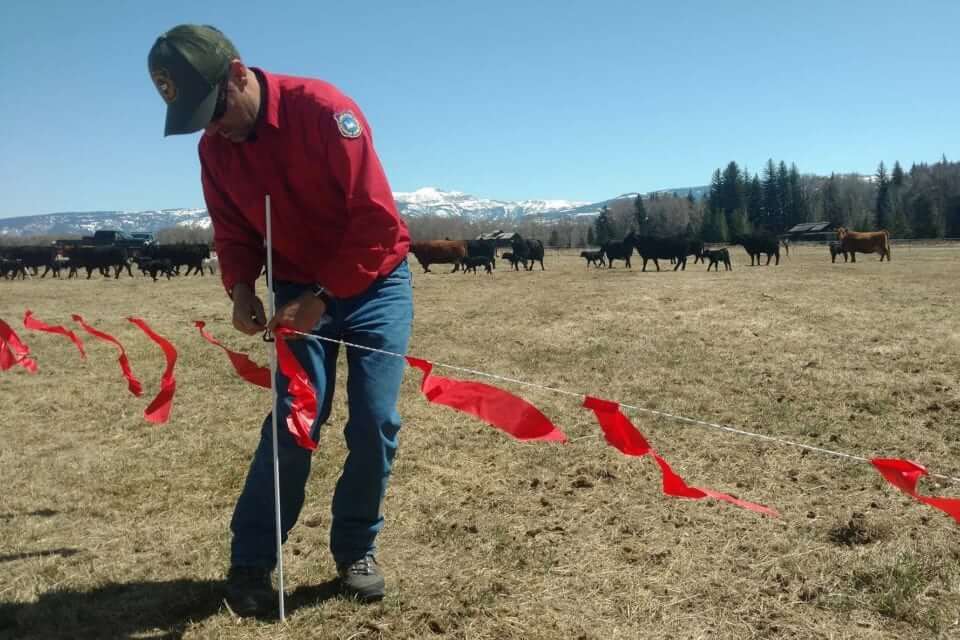September 25, 2018: 10:00 AM PT
If Westerners want an example of how not to make a useful contribution to our understanding of wolf management, they need look no further than Cameron Mulrony’s September 19th opinion piece on the subject in the Idaho Statesman.
I’ve been studying wolf management in southwest Montana for the last three years. If there is one thing I’ve learned it’s that people need to work together if agriculture and wildlife are going to coexist. The wisest and most reasonable people on either side of this issue demonstrate this through their words and through their actions. Mr. Mulrony is rightfully concerned with ranchers’ “bottom line,” but his presentation of that concern does little to address the complexity of this issue.
Ranchers matter, but Mulrony’s piece ignores or omits several important aspects of this complicated issue and seems more interested in lionizing Wildlife Services while at the same stoking people’s hatred of wolves. He overlooks how large a role ranchers often play in helping to address the problem of depredation. Contrary to Mulrony’s claim, Wildlife Services is not “a rancher’s first line of defense when a wolf kill occurs.” In fact, the ranchers themselves are the first line of defense because they are in the best position to prevent depredation from occurring in the first place. Indeed, if WS shows up at your door, it’s already too late.
Mr. Mulrony’s mention of the “three mother cows and a calf taken. . .in single week” is illustrative. Only the rancher knows what steps were taken to protect the herd both before and after the first cow was taken. But this question does not even occur Mr. Mulrony. It’s a question worth asking, not for the purpose of assigning blame, but for the purpose of figuring out what precipitated the depredation and what more might be done to prevent it from occurring in the future. Mr. Mulrony would have us believe that a rancher’s only recourse is a lethal combination of hunting, trapping, and removal by Wildlife Services. But by looking at southwest Montana, we know that this is not the case. Ranchers there are using a number of preventative measures to great effect, including the use of range riders, fladry, and carcass removal.
I also question Mr. Mulrony’s reasoning. He notes that “ranchers never know when they are going to get hit by wolves,” but then in the next sentence he says “August is always the month with the most depredation losses.” Ranchers who know this is a peak month for conflict ramp up efforts to protect their herds and reduce conflicts with wildlife. This is already happening in many places throughout the West. Surely Mr. Mulrony knows this. One can only speculate about why he did not include this information and thereby acknowledge that there are other ways of deterring wolves than killing them.
If we hope to address the challenges that lie ahead, we must first recognize that this issue has many moving parts and that much is already being done by ranchers to coexist with wildlife. Reading Mr. Mulrony’s piece, one would never know it.

Comments
Pingback: Ranchers themselves are the first line of defense | Protect The Wolves